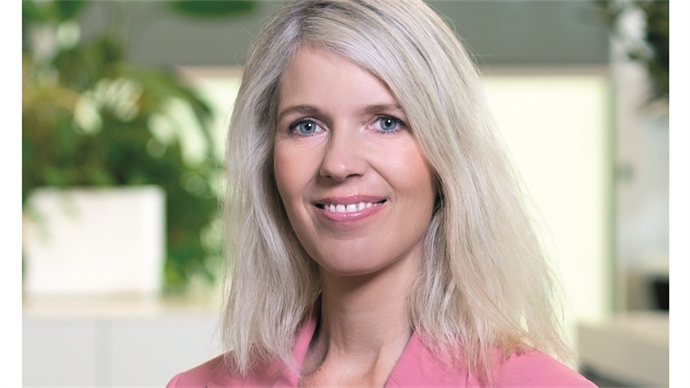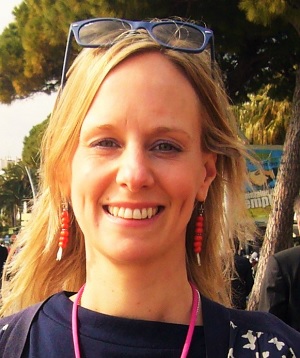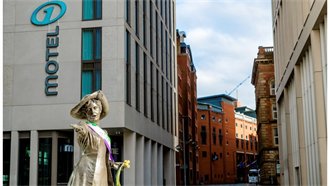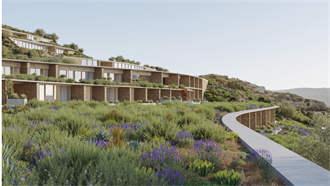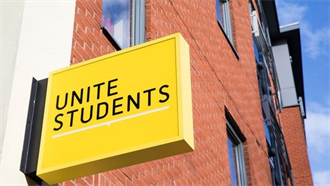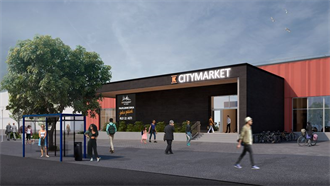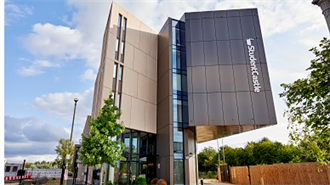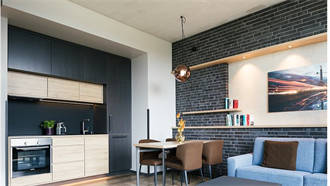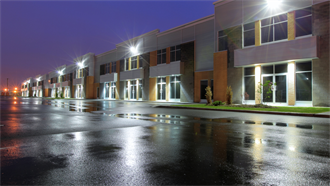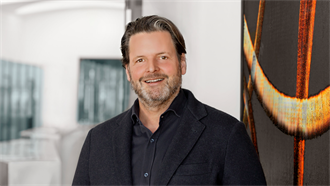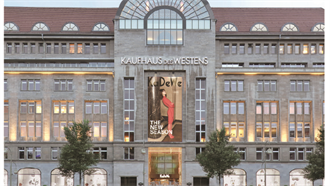Redevco, a leader in urban real estate, knows cities inside out.
For several years, the firm has been carrying out extensive City Attractiveness Research that results in an annual ranking of compelling urban locations. To sort the cities, Redevco combines and weighs traditional measures like rents and yields and socio-economic indicators with less conventional indicators like creative professions and cultural and historical points of interest.
According to Redevco’s chief strategy & innovation officer, Marrit Laning, all the indications from this year’s work-in-progress ranking suggest that ‘strong locations are consolidating’.
She adds: ‘The top of the ranking tends to be quite stable as the biggest cities continue to be strong, even after the pandemic. But we can see that polarisation and consolidation continues. Retailers are still reducing their store network and concentrate in the strongest locations, which is having an impact.’
Laning notes that while many cities are looking stronger than they were at the height of the pandemic, factors such as tourism flows still have some way to go. ‘Shopping activities have not returned to the levels they were at before, with consumers going perhaps less frequently, although they spend more than they used to in a single trip. We see that people want to go and enjoy themselves – dining out and browsing – and that cities are again thriving, despite some pessimistic forecasts during the pandemic.’
Unsurprisingly, retail across Europe is still characterised by higher vacancy levels than pre-pandemic, although in the strongest cities, that vacancy is gradually being absorbed. ‘Demand for space is still very high, a marker of resilience,’ she says. ‘Part of the retail demand has been replaced by other functions. Which in itself is a good thing as it leads to more diversified, vibrant and resilient city centres and urban areas.’
Recession and the city
Of course, while resilience is the order of the day in the stronger cities of Europe, fears abound surrounding the threat of recession. ‘Retail will be affected.’ Laning says. ‘But you can’t have a worst test than the pandemic.
‘We should already have confidence in the sector as it has arguably already been significantly challenged in recent years. So, compared to some other sectors, it shouldn’t be in such bad shape.
‘However, the affordability crisis is now key; that means a higher cost of living and lower budgets whilst costs for retailers are increasing. Retailers are complaining about the indexation of rents.’
A plan for vacancy
Despite this, Laning sees opportunity in crisis. ‘People want to be in cities, and we believe that won’t change in the long term. Pressure on cities will only become higher. We really have a very important task to find out what to do with those vacant buildings; it’s a great opportunity.’
She adds: ‘We should treat those buildings as a blank canvas. We can think all over again about what people want and how we can utilise these buildings in the best way both from a use and sustainability standpoint.
‘in the last few years, high streets have become carbon copies of one another. There is need for streets and locations to be more interesting and unique than ever - to make customers feel connected, recognised, inspired and involved, in a local context that differs from location to location.’
One way in which Redevco plans to transform vacant buildings in cities is with its Next Gen Stays strategy. This initiative will take old buildings in city hearts and convert them into hotels and hostels.
‘They will be aimed at young travellers, the so-called millennials, but also families and even working professionals could feel at home in these hotels as they move around Europe,’ Laning explains. ‘For us, it’s all about finding more sustainable ways to offer accommodation at an affordable rate. We’ve pledged €80 mln to the strategy so far, which initially focuses on the Iberian Peninsula.’
She adds: ‘The operator is specialised in creating energy efficient buildings and the whole project will be highly technology driven. We also saw domestic travel increase during the pandemic and we see that there is need to make cities accessible and affordable for a whole host of reasons.’
Redevco’s other plans for vacant buildings include ‘redefining what mixed-use looks like’, notes Laning. ‘Le 31, our scheme in Lille represents a real collaboration between the community and its tenants. The mixed-use aspects also mean that a variety of people visit the asset; they wander around it and really utilise all its functions. We’d like to replicate that elsewhere.’
Laning adds: ‘In Bordeaux we are testing a more flexible way of hosting tenants. We’re creating a story that people want to return to. Meanwhile, in Rotterdam, we’re thinking about a different type of building. We’re trying to see how we can create additional value that is more interesting for retail tenants; we think they can aspire to share the same client base, while offering customers something that is new, fresh and ever changing.’
The initiative includes lowering the barriers of entry for entrepreneurs to open a store or a space where brands and their target audiences can connect. ‘Flexible leases and collaboration in creating a sense of place are key. We think you can have a long-term concept in which the tenants rotate constantly; that’s what we want to create.
'It’s also about making city centres more inclusive and carving out spaces for truly local brands, not just the big, international groups who are usually the only ones that can afford city centre spaces.'
Sustainable focus
This responsiveness to local needs and the overall social impetus also fits more broadly into Redevco’s sustainable ambitions. ‘Even though we plan to rotate the tenants, we are focusing on aspects such as ensuring that fitouts aren’t disposable, and we’re also crunching data to keep tabs on the asset’s overall performance.’
Redevco’s ESG priorities align with its philosophy to ‘transform existing buildings’ in ways that is best for the city and the planet. ‘A brand-new building might be more sustainable in one sense, but we believe in a second life for standing stock. A lot of older properties are part of a city’s heritage. We think that we can make them work for new generations to come. Our mixed-use ambitions are only growing as we look to transform more than 30 sizeable inner-city buildings over the next 5 years or so.’
In the Northern Dutch city Groningen, an impressively green redevelopment is set to transform an unloved asset in the city centre into a new destination, characterised by a significant use of wood and incorporating local ideas about how the asset can best serve the community. ‘It’s still early days but preliminary feedback from the city has been really positive,’ she says.
Laning adds: ‘It’s a crucial time for retail and urban real estate in general. Rents have been rebased and landlords are looking at how they can transform former shops into something else.
At the same time, retail has a bold future with brands more active than ever on social media and generating genuine engagement with consumers, rather than just asking for more and more data The future is about true and fair partnerships between brands and consumers but also between landlords and brands, based on sharing and giving back in order to find the best way to be relevant and create value for each other.’
Overall, retail’s digital aspect doesn’t faze Laning. ‘Ecommerce is a fact of life – and we are most interested in how to bring retail to clients in the best possible way. As we look to the future, it’s all about staying relevant.’

